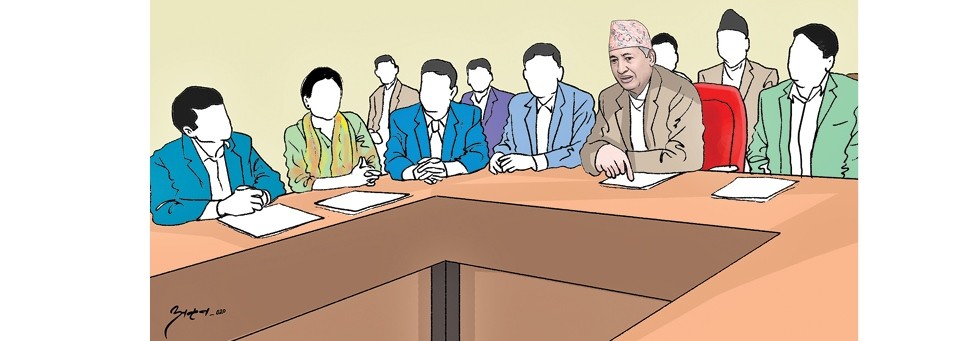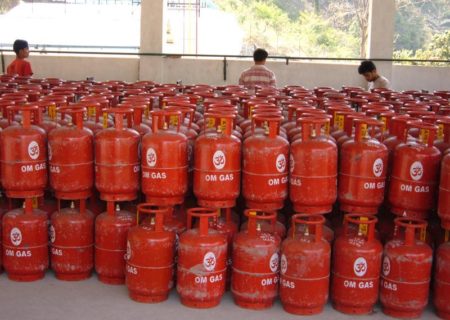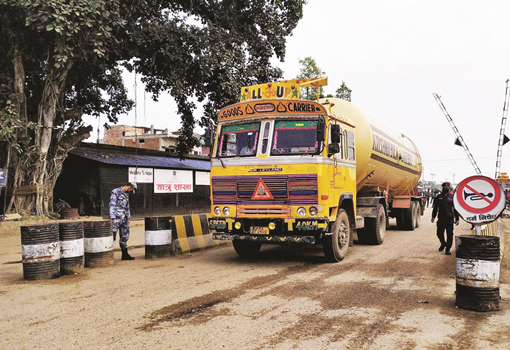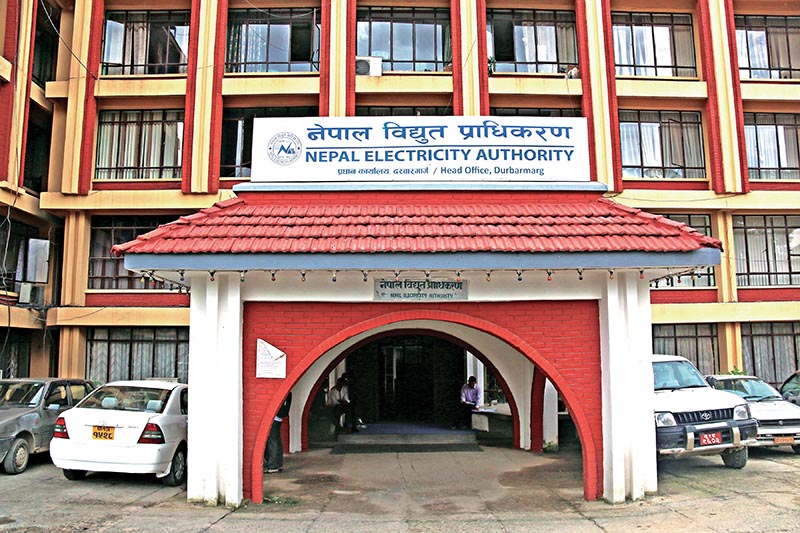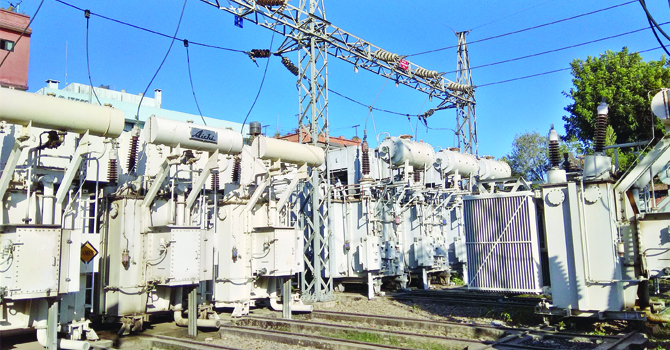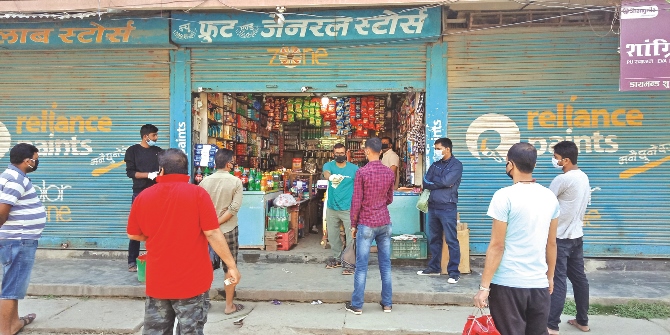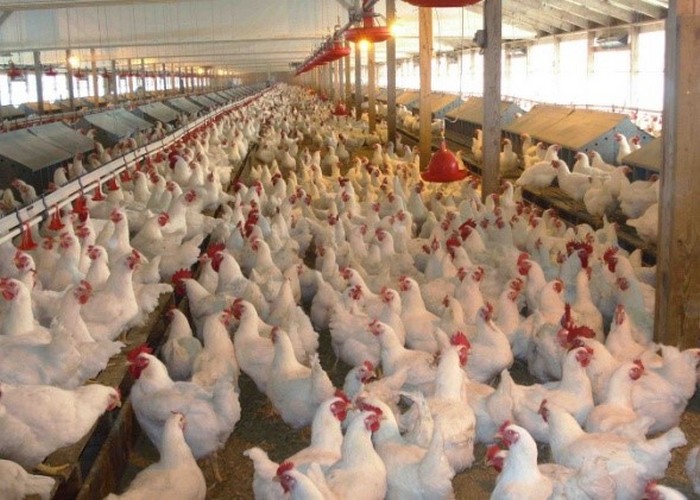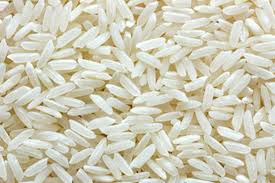Nepal Strides Towards Robust Growth
Laxman Kafle
Together with political stability, Nepal’s economy has been heading towards progress. Since 2016/17, the country has achieved a remarkable economic growth. While discussing the issues related to economic growth, Nepal's policymakers and other stakeholders used to talk about 3-4 per cent until a few years in the past. The situation has changed now. They are currently found focusing on the economic growth of 6-8 per cent. Over the last two decades, the country's average economic growth has stood at around 4 per cent. The country was able to make the economic growth of 7.1 per cent in the fiscal year 2018/19 while it was 6.7 per cent in 2017/18. However, the growth was all-time low of 0.6 per cent in 2015/16. It was mainly due to the devastating earthquake and the subsequent Indian blockade.
Nepal's economic growth has been higher than the world's average over the last three years. The world's average growth stood at 3 per cent, 3.6 per cent and 3.8 per cent in 2019, 2018 and 2017, respectively. Over the years, the country's inflation has been at 5-6 per cent. The country's current inflation rate stands at 6 per cent while it was 8 per cent in the past. The inflation was 4.5 per cent, 4.2 per cent and 4.5 per cent in 2018/19, 2017/18 and 2016/17, respectively. However, the country recorded the inflation at 9.9 per cent in 2015/16.
During the last two years, the government has taken several initiatives to formulate new policies and amend the existing ones in order to make them investment-friendly and formalise the informal sector of the economy.
Under its policy-level reforms, the government has introduced the Foreign Investment and Technology Transfer Act to attract more foreign direct investment (FDI) into the country. Revisions in provisions such as Value Added Tax (VAT), Permanent Account Number (PAN), introduction of Vehicle and Consignment Tracking System (VCTS), Social Security Fund (SSF) and other laws are some of the major efforts made to bring the private sector on board.
The government has remained effortful in realising sustainable economic growth through industrialization. It has also focused on creating an investment-friendly climate to attract foreign capital and transfer of technology for promotion of export trade.
Investment scenario
The country has witnessed an increase both domestic and foreign investments over the years with the establishment of political stability. It is worth mentioning that the country received FDI commitment worth Rs. 93.74 billion in the first six months of the current fiscal year. The amount is almost 132.5 per cent higher as compared to the one received in the same period last year. Investors have shown their willingness to invest in tourism, hydropower and manufacturing sectors.
However, the FDI could not materialise in line with the increment of commitment. The country received a total FDI of Rs. 6.57 billion by mid-January 2020. The country attracted Rs. 13.7 billion and Rs. 17.52 billion in 2018/19 and 2017/18, respectively.
Meanwhile, the government has revised several laws to enable digital payment and digital transactions. With such revisions, the tax system and financial system, government procurement system and other service delivery mechanism are being digitalised. A digital economy is a must in the modern day economy. It should also be cost-effective and safe.
The government has established a one-stop service centre as envisioned in the Industrial Enterprises Act, 2016, and introduced Foreign Investment and Technology Transfer Act, 2019. Located at the Department Industry, the centre aims to provide sound services to investors from a single place.
The centre is providing services ranging from registration and operation to exit of an industry from a single window. With the establishment of this mechanism, investors now do not have to visit different places for starting, running and shutting down their business. This has encouraged investors to register new companies and operate the existing ones. In the first six months of the current fiscal year, a total of 37 large-scale industries, 95 medium-scale industries and more than 20,000 small industries were registered.
Narrowing trade deficit
A visible fall in the country’s staggering trade deficit has been noticed since the beginning of the current fiscal year. A significant growth in export and fall in import trade has contributed to reducing the rampant trade deficit that was a challenge for the country. The share of export to the total trade and Gross Domestic Products (GDP) has been declining for the last one decade. But, a ray of hope has now been seen in export trade. The government should make further efforts to make the export growth sustainable by providing trade facilities to maintain the growth of export in the days to come. The export of major exportable products of Nepal, including carpet and readymade garment, could not increase. However, the overall export trade surged by 26.1 3 per cent in in the first six months of the current fiscal year.
The country’s trade deficit has decreased by 6.06 per cent to Rs. 637.41 billion during the review period compared to the same period last year. The country faced a trade deficit of Rs. 1,321.42 billion in the last fiscal year 2018/19 while it was Rs. 1163.50 billion in fiscal year 2017/18. The government needs to pay due attention toward increasing export of local products, including cardamom, ginger, readymade garments, carpets and other products, to reduce the trade deficit.
Job creation
Reducing Nepali youths’ attraction toward foreign employment has been a main challenge for the country. The government has introduced various programmes, including Prime Minister Employment Programme (PMEP) and Self-employment Programme, to end the compulsion for youths to go abroad to find jobs as those programmes have been helpful for generating job opportunities within the country.
The PMEP has come into operation for the last fiscal year. It has provided short-term jobs to a large number of people even though it was implemented in the eleventh hour of the last fiscal year. The programme is being implemented in all the 753 local levels. The potential areas of employment generation identified by the PMEF include agriculture, cooperatives and animal husbandry, energy, irrigation and river control, water supply and sanitation, forest and environment, tourism promotion, roads and transport, education and sports, reconstruction, community infrastructure development, large and national pride projects, information and communication technology, industry and health.
Under the programme, the government aims to provide at least 100 days' work to unemployed youths within a year and pay 50 per cent of the income if the government failed to provide jobs to them at least 10 days over the year. The programme has set a target to create a minimum of 100,000 jobs every year. Similarly, the Youth Self-Employment Programme has proved to be a boon for youths willing to start small businesses.
More than 60,000 youths have already become self-employed under the programme, which was introduced for the first time in 2009. More than 60,000 self-employed youths have reaped benefit directly while well over 180,000 people have been get jobs indirectly. With the rise in jobs within the nation, the outflow of migrant workers has been declining over the months. Some 91,000 more jobs were created in the industrial sector in the first six months of the current fiscal year. The government has also introduced soft loan scheme for creating self-employment.
Banking access
The financial access to Nepalis has increased significantly over the years owing to the financial literacy campaign launched by the government. Around 61 per cent people have at least a deposit account. The government’s ‘Open Bank Account’ campaign is becoming effective to bring the people into banking net.
The loan expansion of the banks and financial institutions has been increasing significantly over the years. An average loan expansion of the BFIs over the last five years stood at 20.4 per cent. It shows that economic activities in the country are on the rise. The total lending of BFIs increased to Rs. 3,124.1 billion by mid-January 2020 from Rs.1, 373.9 billion in 2014/15. The deposit reached Rs. 3,365.5 billion.
The government should focus on accelerating the development activities to achieve double-digit economic growth, which is not far from the present growth ratio. The ratio of capital expenditure is poor even the government adopted various measures. The government has identified some of bottlenecks hampering the development activities.
As the policy reform is regular process of the government, it should be done timely as per the needs of the country and the changing global scenario. Investors are looking for a conducive environment to invest in any country. So, the state must pay necessary attention toward facilitating them.
(Kafle is a TRN journalist)
Recent News

Do not make expressions casting dout on election: EC
14 Apr, 2022
CM Bhatta says may New Year 2079 BS inspire positive thinking
14 Apr, 2022
Three new cases, 44 recoveries in 24 hours
14 Apr, 2022
689 climbers of 84 teams so far acquire permits for climbing various peaks this spring season
14 Apr, 2022
How the rising cost of living crisis is impacting Nepal
14 Apr, 2022
US military confirms an interstellar meteor collided with Earth
14 Apr, 2022
Valneva Covid vaccine approved for use in UK
14 Apr, 2022
Chair Prachanda highlights need of unity among Maoist, Communist forces
14 Apr, 2022
Ranbir Kapoor and Alia Bhatt: Bollywood toasts star couple on wedding
14 Apr, 2022
President Bhandari confers decorations (Photo Feature)
14 Apr, 2022


